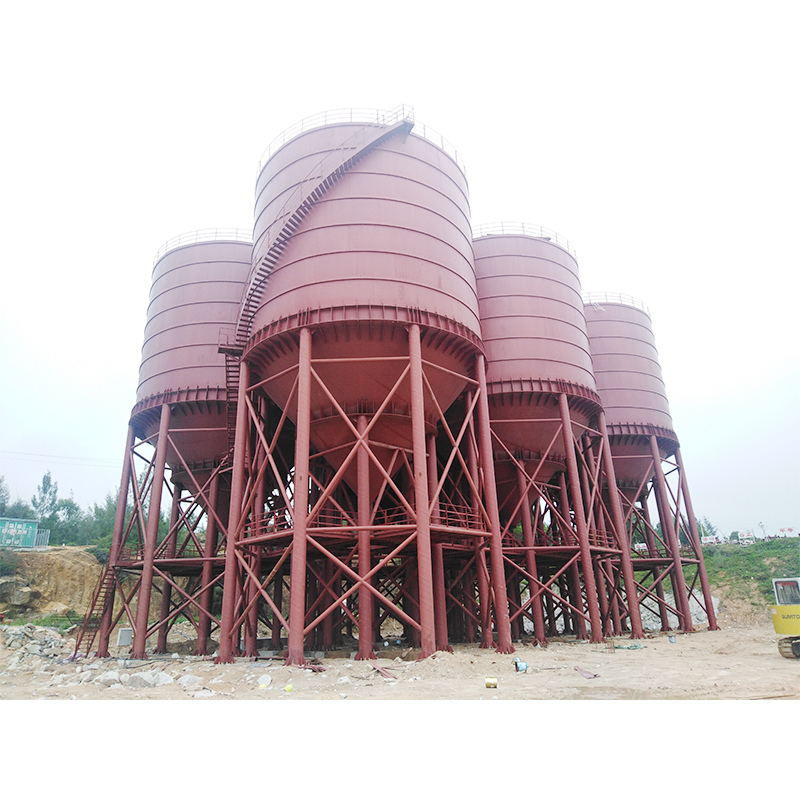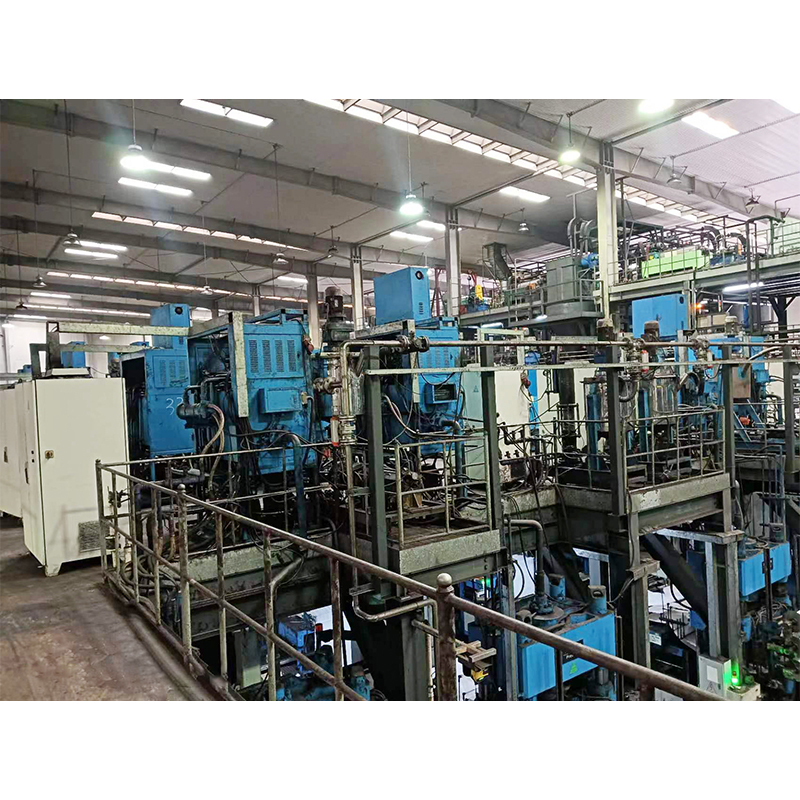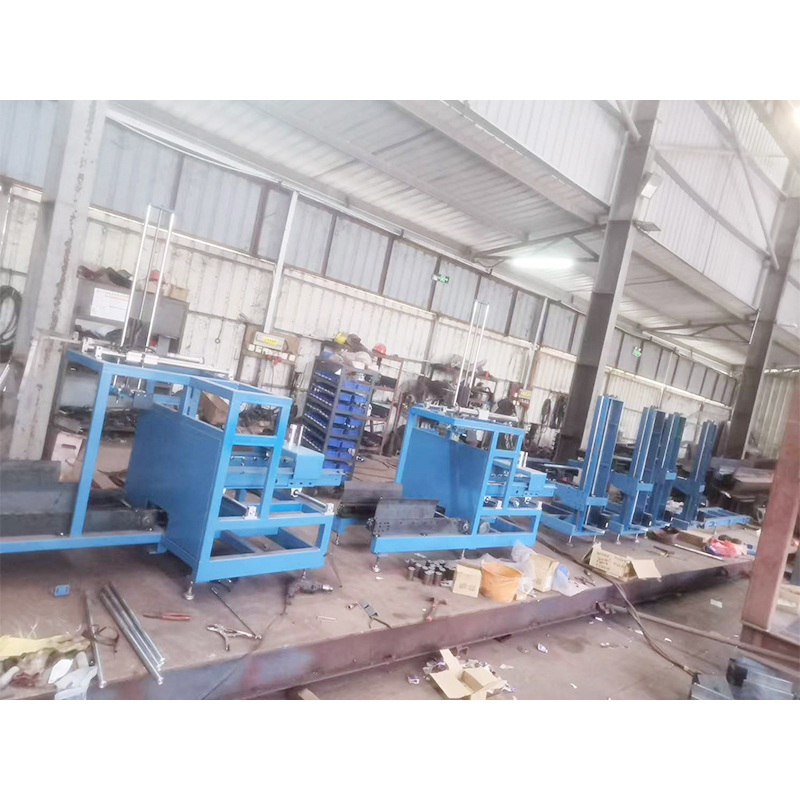How can the pipeline design of the automatic slurry weighing and conveying system reduce the conveying resistance error?
Release Time : 2025-10-21
The piping design of an automatic slurry weighing and conveying system requires multi-dimensional optimization to reduce conveying resistance errors and ensure weighing accuracy and conveying stability. The rationality of the pipeline route directly affects fluid dynamics. Prioritize the shortest route and minimize the number of elbows during design. Bends can alter slurry flow direction, leading to localized vortexes and energy loss, which in turn increases resistance errors. For example, in pneumatic conveying systems, excessive bends can cause pipe blockages. While the automatic slurry weighing and conveying system primarily operates in liquid form, variations in slurry concentration distribution at bends can still interfere with the weighing signal.
By optimizing the pipeline layout and reducing unnecessary bends, resistance losses during fluid transport can be significantly reduced. Pipe diameter matching is key to controlling resistance. A pipe diameter that is too small will result in excessively high flow rates, increasing friction between the slurry and the pipe wall. This can also cause slurry stratification or sedimentation, impacting weighing accuracy. A pipe diameter that is too large can reduce flow rates, causing slurry to remain in the pipe for extended periods, increasing resistance accumulation errors.
During design, the viscosity, concentration, and flow rate requirements of the slurry must be considered. A pipe diameter that ensures a stable flow rate while minimizing frictional resistance must be selected. For example, in slurry pipeline transportation, appropriately increasing the pipe diameter can reduce flow velocity, thereby minimizing resistance variations caused by flow velocity fluctuations and improving the stability of the weighing system.
The smoothness of the pipe inner wall cannot be ignored in its impact on resistance error. A rough inner wall increases the frictional resistance of the slurry, especially when the slurry contains large particles or high solids concentrations. Uneven areas on the inner wall can cause slurry stagnation or uneven concentration distribution, thereby interfering with the weighing signal. Pipes with smooth, corrosion-resistant inner walls should be selected during design. Cleaning or air vents should be installed at key locations to regularly remove debris and ensure smooth slurry flow. For example, in cement processing, the smoothness of the inner wall of material conveying pipelines directly affects conveying efficiency. Similarly, in automatic slurry weighing and conveying systems, inner wall optimization is necessary to reduce resistance error.
The selection of pipe fittings and valves must balance functionality with resistance control. Pipe fittings such as tees and reducers can alter fluid flow direction, increasing local resistance. Valves can cause sudden changes in flow rate due to improper opening, affecting weighing accuracy. Design should minimize the number of pipe fittings and valves used, prioritizing streamlined designs to reduce local resistance. For example, in chemical piping systems, reducing the use of elbows and valves can effectively reduce energy loss during fluid transmission. Automatic slurry weighing and conveying systems should incorporate this principle to optimize pipe layout.
Pipeline layering and spacing are equally important. Slurries of varying temperatures, pressures, or corrosiveness should be transported in separate layers to avoid cross-interference. Additionally, sufficient spacing between pipes is essential to facilitate routine inspections and troubleshooting, and to prevent resistance fluctuations caused by pipe vibration or deformation. For example, in cleanroom areas of pharmaceutical production plants, pipe layout must strictly adhere to cleanliness requirements. While automatic slurry weighing and conveying systems are not subject to these restrictions, they must utilize appropriate layering and spacing to minimize the impact of external factors on resistance.
Compensation and adaptability measures in pipes are essential for reducing resistance errors. Temperature fluctuations can cause pipes to expand and contract, leading to stress concentration or deformation, which in turn affects slurry flow stability. Expansion joints or expansion joints should be installed during design to compensate for thermal stresses. Exhaust valves should be placed in areas of gas accumulation to prevent flow velocity fluctuations caused by air resistance. For example, in the mud pipelines of cutter suction dredgers, flow velocity fluctuations can significantly affect resistance characteristics. Therefore, the automatic slurry weighing and conveying system must implement adaptive measures to ensure continuous slurry flow.
Automated control and real-time monitoring are key to reducing resistance errors. Sensors collect real-time pressure, flow velocity, and concentration data within the pipeline, and combined with algorithmic models to dynamically adjust conveying parameters, effectively compensate for the impact of resistance variations on weighing accuracy. For example, in concrete pumping systems, pressure pulsations can lead to flow instability. Therefore, the automatic slurry weighing and conveying system requires closed-loop control to correct resistance errors in real time to ensure coordinated optimization of weighing and conveying.







